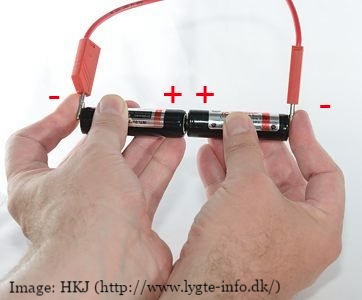I sold my Olight M30 to a buddy at work and he ran the batteries (2 18650s) until one of the protection circuits kicked in (until the light shut off) . Now, one of these batteries will not register on the charger and the charge light stays green and won't go into charge mode (Ultrafire wf-139). I believe it is the battery protection because the other is fine and the light works with this battery switched out for another. It is a protected Ultrafire (2400 mah, the grey one). Does the 139 trickle? I had the idea of leaving it on the charger overnight to see if it will kickstart. For future, I told him not to run these batteries down and to recharge frequently. Any advice?
. Now, one of these batteries will not register on the charger and the charge light stays green and won't go into charge mode (Ultrafire wf-139). I believe it is the battery protection because the other is fine and the light works with this battery switched out for another. It is a protected Ultrafire (2400 mah, the grey one). Does the 139 trickle? I had the idea of leaving it on the charger overnight to see if it will kickstart. For future, I told him not to run these batteries down and to recharge frequently. Any advice?
Edit:
I'm adding this here so it's viewable in the first post of this thread - Norm
 . Now, one of these batteries will not register on the charger and the charge light stays green and won't go into charge mode (Ultrafire wf-139). I believe it is the battery protection because the other is fine and the light works with this battery switched out for another. It is a protected Ultrafire (2400 mah, the grey one). Does the 139 trickle? I had the idea of leaving it on the charger overnight to see if it will kickstart. For future, I told him not to run these batteries down and to recharge frequently. Any advice?
. Now, one of these batteries will not register on the charger and the charge light stays green and won't go into charge mode (Ultrafire wf-139). I believe it is the battery protection because the other is fine and the light works with this battery switched out for another. It is a protected Ultrafire (2400 mah, the grey one). Does the 139 trickle? I had the idea of leaving it on the charger overnight to see if it will kickstart. For future, I told him not to run these batteries down and to recharge frequently. Any advice?Edit:
I'm adding this here so it's viewable in the first post of this thread - Norm
Sounds like the protection got tripped. If your charger is an i4/i2 or similar, it will not reset the protection (not true, read below), but HKJ's famous hotwire action should:
(Edit: only do this for a few seconds at most!)
(This assumes you still have one working, charged Li-ion battery.)
Last edited by a moderator:



